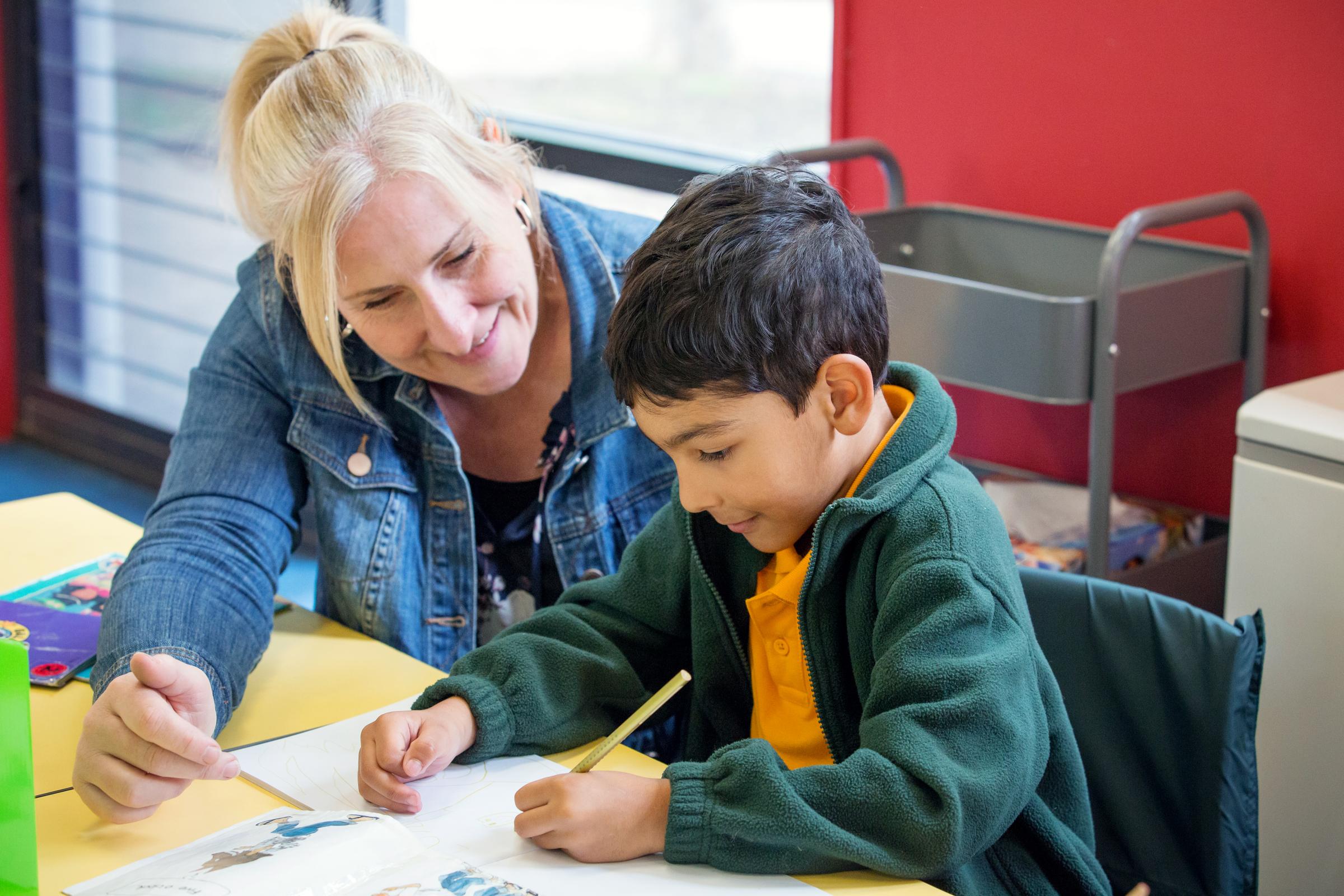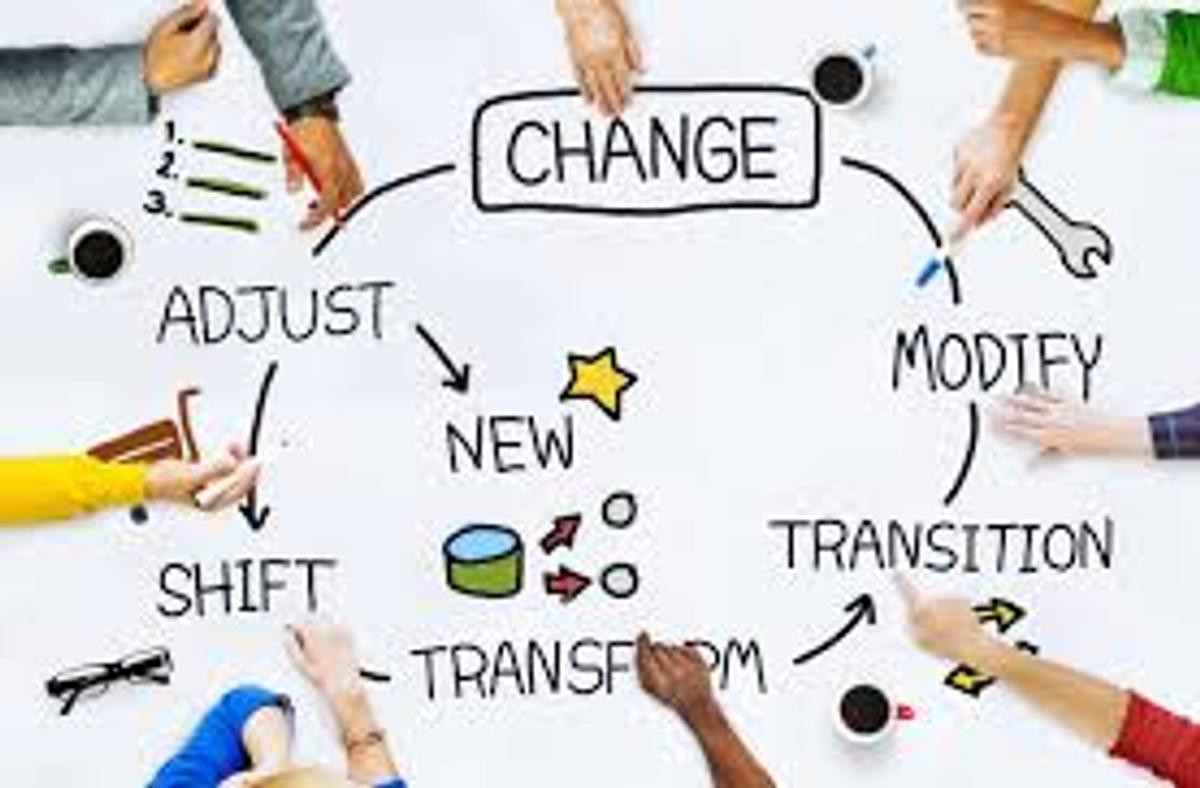Teaching and Learning
Ms Ashley Kuusela - Assistant Principal / Mrs Peta Phillips - Acting Assistant Principal

Teaching and Learning
Ms Ashley Kuusela - Assistant Principal / Mrs Peta Phillips - Acting Assistant Principal
Dear Karoo Community,
What a wonderful start we have had to Term 4 at Karoo Primary School. Term 4 is one of my favourite terms as I find absolute joy in reflecting on the students' journeys, remembering all of the fantastic experiences we have had and of course planning ahead and getting excited about the future.
Having said this, here at Karoo we take great care and pride in ensuring all of our students are involved in our planning and have the best opportunities to thrive and be ready for changes.
I wanted to share some information around Transitions, which Karoo places in high regard when thinking about our students and community.


What are transitions?
Transitions are defined quite simply as change.
They are a period where we must adapt to new circumstances, expectations, people, environments or routines. Whether big or small, transitions are a significant part in children and young people’s lives, as well as the learning community.
Children and young people may also experience transitions in their home life – for example, moving house, going on holiday, the birth of a sibling.
Impact of transitions
Transition is not just about the first day – it’s a process that happens over time. It begins as families and educational settings start to prepare during the previous year, or even earlier. It continues as children and young people experience their new environment.
Transition from home and between education settings involves various key changes for children, young people and families, including:
Importance of transitions
Potential challenge and stress.
Research shows that transitions to a new learning environment is a time of potential challenge and stress for children, young people and their families. For some, it brings excitement about making friends and learning new things, while for others the change can leave them feeling nervous and overwhelmed. Some adjust quickly to their new school environment; others can take many months to adapt.
Making a positive start
Children and young people who experience a positive transition into their new school environment are more likely to:
We believe a supportive, well-planned transition process can make a big difference to children and young people’s engagement, learning and wellbeing outcomes and this is where you will notice as we progress through the term, students will have many opportunities to be in new learning spaces, meet new faces, learn about new experiences to look forward to.
As I mentioned, I find this time of year extremely exciting and enjoy the possibilities. Please listen and look out for items in your child's Compass posts, on our website and in the newsletter regarding how we at Karoo ensure smooth, happy and safe transitions into all aspects of our day-to-day experiences.
I wish you all a wonderful weekend and I look forward to seeing you around our amazing school.
Warm regards,
Peta Phillips

